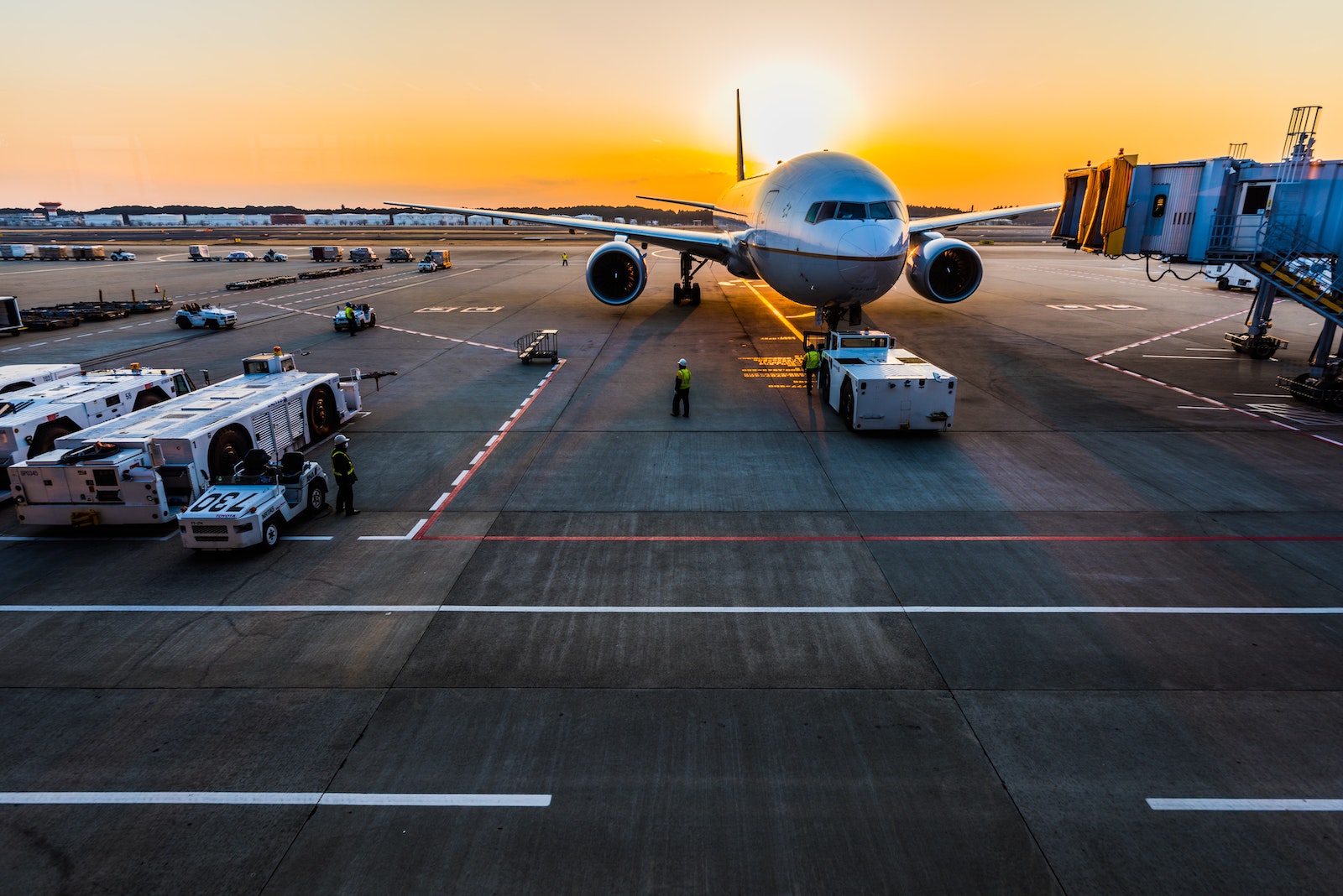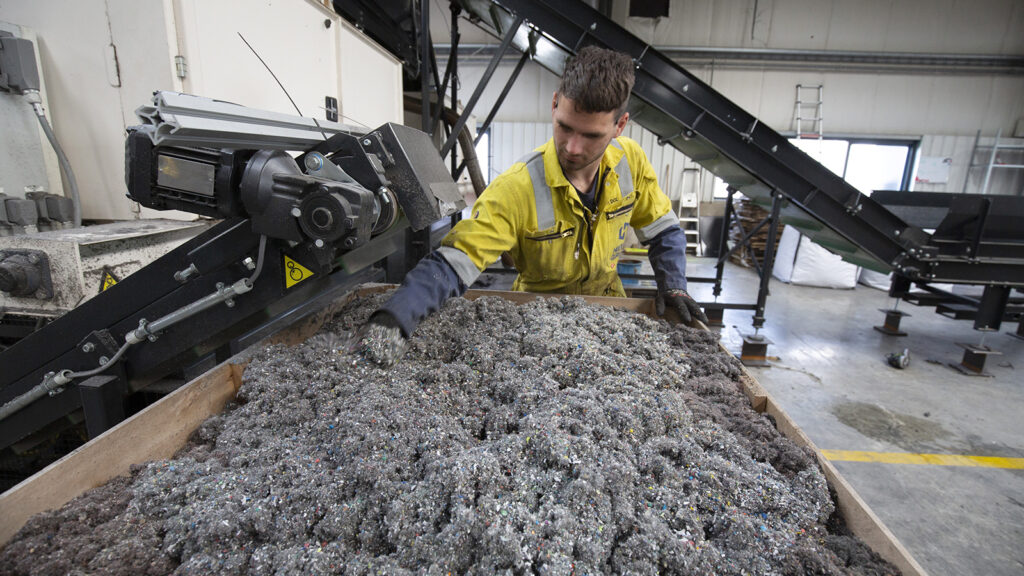How the Pandemic-Induced Labor Shortage Could Spur Automation

When demand returns, the aerospace industry will also face the same labor issues as they're seeing now. How many thousands of flights have been canceled because they don’t have the crew?
Photo: Unsplash
Oliver Wyman automotive and manufacturing Partner Tushar Narsana spoke with Newton Investment Management’s Double Take Podcast on the supply chain challenge.
On the persistent semiconductor shortage in the automotive sector:
“When we talk about chips, broadly we’re talking about 200 millimeter and 300 millimeter … and where the shortage right now is the 200 millimeter. The applications that you see in the car displays and power supplies. … Demand for it was taking off even before COVID hit, so what happened once COVID hit was a double whammy. … which now we’re recovering from not just a COVID effect but trying to get it back from an already elevated demand level. … Our hypothesis is, [the shortage] is not going away any time soon. It’s still going to take a while to get there.”
On recruiting and retaining labor:
“[In the] short-term, bonuses as you’ve seen, companies giving free education incentives, signing bonuses, extra money per hour. Those things are a little helpful. …
You take that to the next level — you have to look at how you optimize your processes. … Can you cross-train people or can you make the process more smooth or can you prioritize your high-velocity products within a certain section of a warehouse. … You have to do some level of process optimization today to reduce your reliance on labor. … And you must consider some type of automation.”
On the aerospace industry:
“[When demand returns,] they will also face the same labor issues as you’re seeing now. … How many thousands of flights have been canceled … because they don’t have the crew? … This labor issue is going to impact them too. Again, I think the whole baggage handling can be automated. … You’ll see autonomous vehicles on runways. … That’s also coming. That should be the solution. There has to be some level of automation.”




